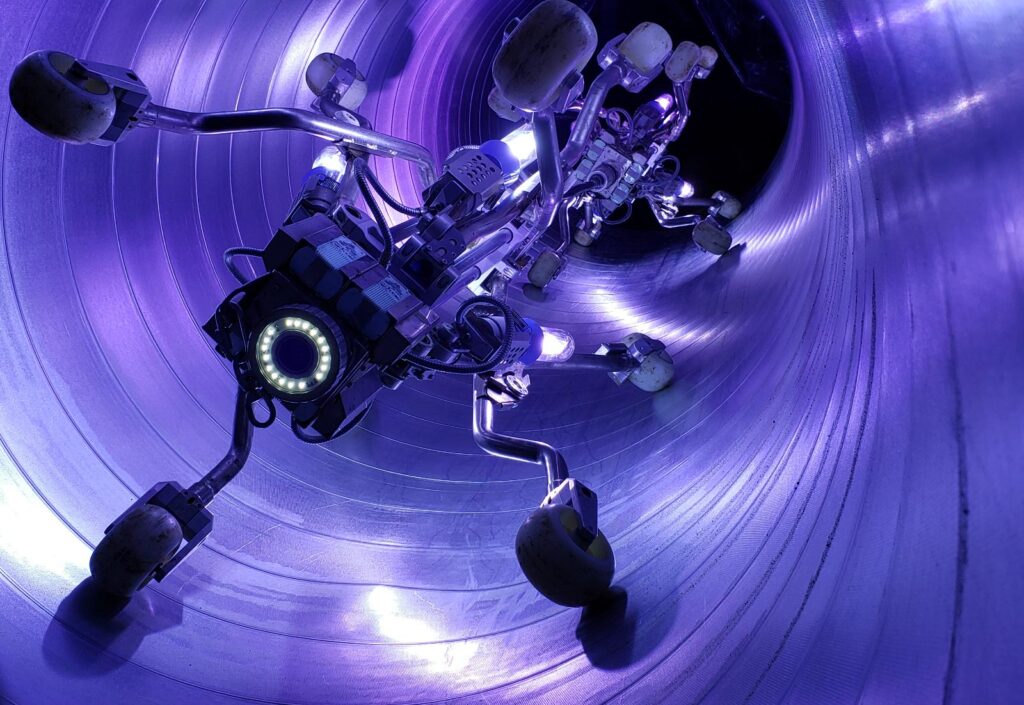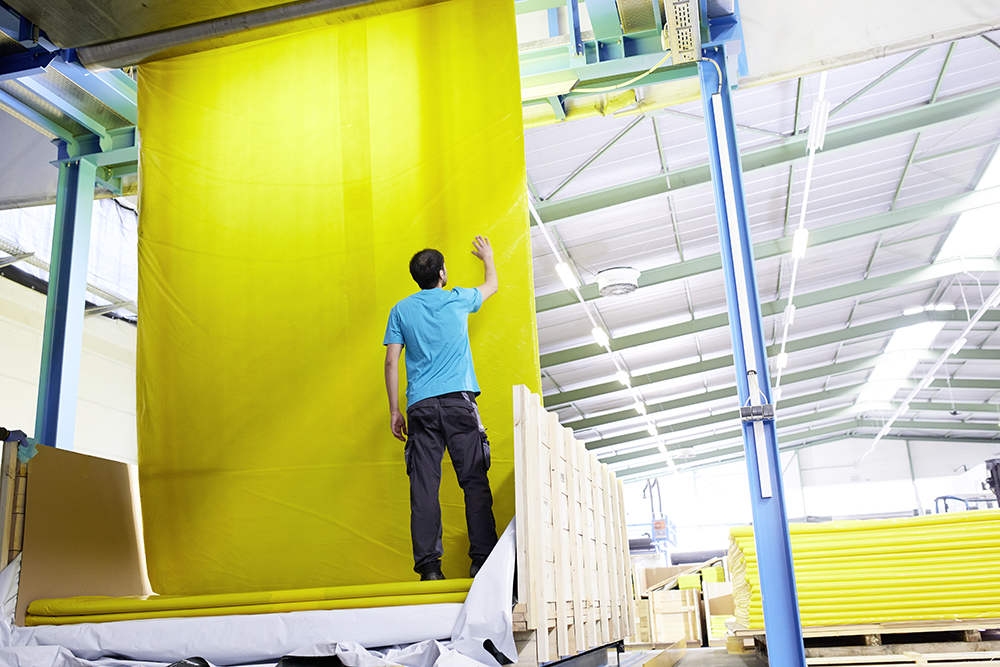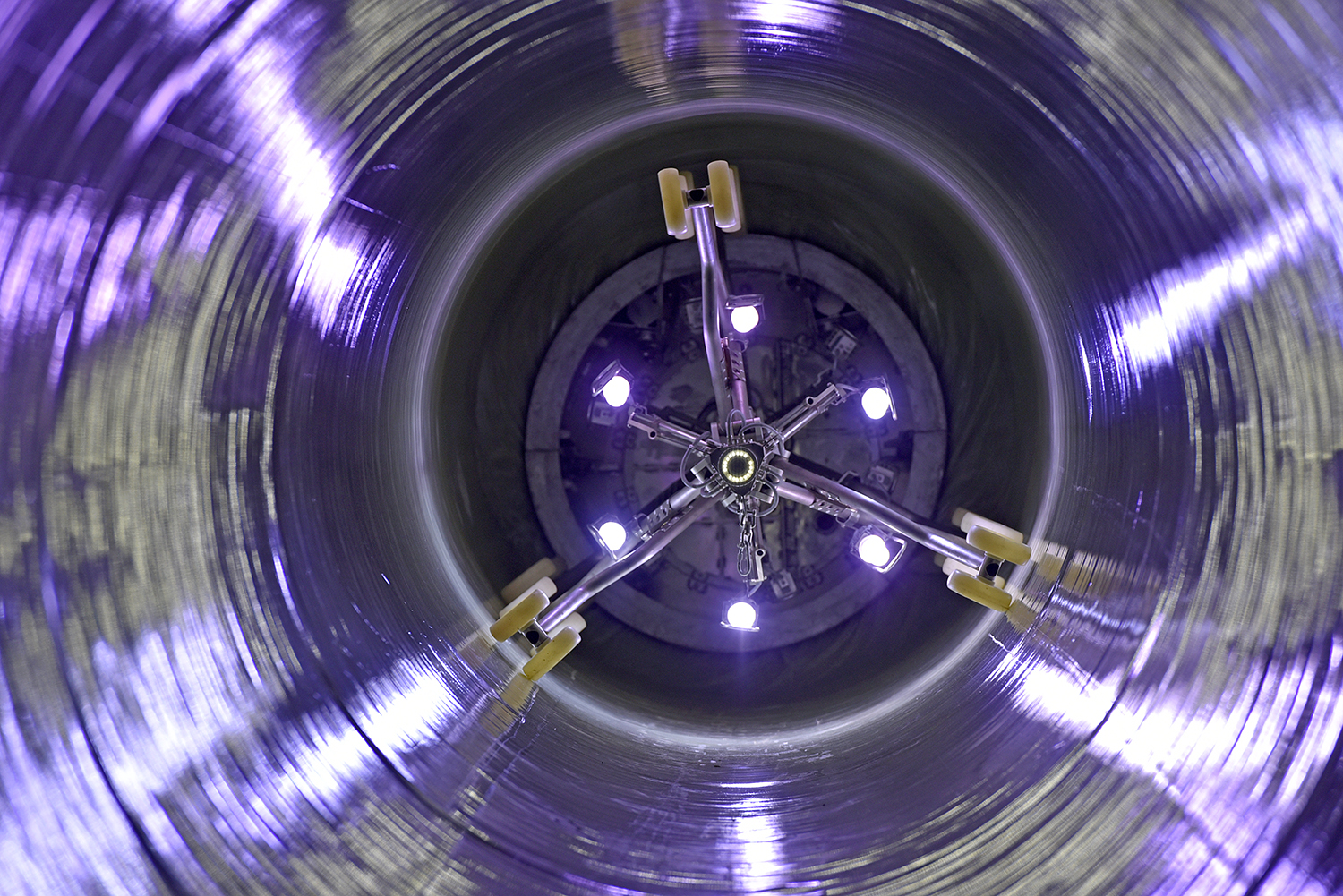How Does UV Lining Work?
UV lining, also known as UV-cured pipe lining or UV-cured CIPP (Cured-In-Place Pipe), is a method used in trenchless pipe rehabilitation. It’s commonly employed in repairing damaged or deteriorated sewer or drain pipes without the need for excavation.

Here’s how the UV lining process typically works:
- Inspection: Before lining, the sewer or drain pipe is inspected using CCTV cameras to assess its condition and identify any defects, cracks, or blockages.
- Preparation: The pipe is cleaned thoroughly to remove any debris, roots, or buildup that could interfere with the lining process. High-pressure water jetting or mechanical cleaning tools are often used for this purpose.
- Measurements: The length and diameter of the pipe are measured accurately to ensure the lining material will fit properly.
- Lining Installation:
- A flexible lining material, typically made of a felt or fiberglass tube coated with a resin, is inserted into the damaged pipe using inversion or pull-in techniques. The lining is positioned to cover the damaged areas completely.
- Once in place, the lining is inflated using air or water pressure to ensure it conforms tightly to the interior of the host pipe.
- UV Curing: After the lining is positioned correctly, UV light is used to cure (harden) the resin. This is typically achieved using UV light-emitting panels or trains that are inserted into the lined pipe. The UV light activates photoinitiators in the resin, causing it to polymerize and form a solid, durable lining within minutes.
- Quality Control: Throughout the curing process, the pressure, temperature, and curing time are monitored to ensure proper curing and adhesion of the lining material to the host pipe.
- Final Inspection: Once the curing process is complete, the newly rehabilitated pipe is inspected again using CCTV cameras to verify the integrity of the lining and ensure that no defects remain.
UV lining offers several advantages over traditional pipe repair methods, including:
- Minimal disruption: Since excavation is not required, UV lining minimizes disruption to the surrounding environment, traffic, and landscaping.
- Speed: UV curing allows for rapid curing times, enabling quick turnaround for pipe rehabilitation projects.
- Longevity: UV-cured liners form a seamless, jointless, and corrosion-resistant pipe within the host pipe, extending its lifespan.
- Cost-effectiveness: While UV lining may have higher upfront costs compared to traditional methods, it can result in long-term savings due to reduced labour, equipment, and restoration expenses associated with excavation.

Overall, UV lining is a versatile and efficient solution for rehabilitating damaged sewer and drain pipes, offering durable and long-lasting repairs with minimal disruption.
Contact Renoline for a comprehensive range of lining services including the option to hire our Rig.

